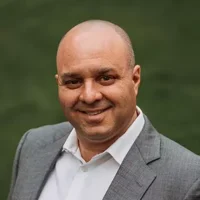Resistance is a natural human reaction to change, and so it can be expected that when a new strategy is adopted or a new initiative is launched in a workplace, there will be resistance of one form or another. Because resistance can slow down an organization’s agility, which is key to its success, it is […]

John Doe
Designer






